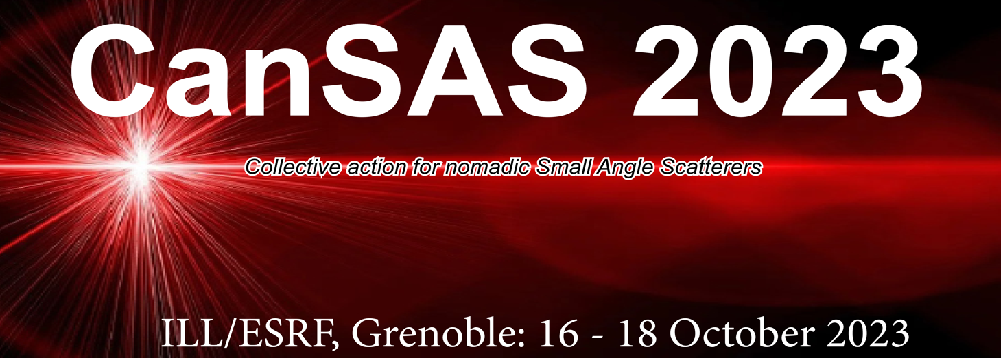Speaker
Description
Lensless X-ray coherent diffraction imaging (CDI), facilitated by ptychography, has emerged as a thriving field with promising applications in materials and biological sciences with a theoretical imaging resolution only limited by the X-ray wavelength. Most small-angle scattering based CDI methods use transmission geometry, which is not suitable for nanostructures grown on opaque substrates or objects of interest comprising only surfaces or interfaces, including nanoelectronics, ultrathin-film quantum dots, photovoltaics, and heterogeneous catalysts. We developed coherent surface scattering imaging (CSSI) in grazing incidence reflection geometry that takes advantage of enhanced X-ray surface scattering and interference near total external reflection. Initially, with limited coherent X-ray flux, we demonstrated the reconstruction of substrate-supported non- periodic surface patterns in three dimensions (3D) with 22-nanometer (nm) in-plane resolution and nm normal to the substrate [1]. However, CSSI is practical only when the reconstruction resolution is better than 10 nm to complement other surface-sensitive structural probes. We now show that, with improved coherent flux and detectors, the reconstruction of the surface imaging of non-periodical patterns can exceed a 5-nm in-plane resolution [2]. Most recently, we demonstrated that ptychography can play a critical role in the successful CSSI reconstruction of extended surface patterns in 3D [3].
In grazing incidence and reflection conditions, multiple scattering at the low incidence and/or scattering angles is an integral part of the coherent scattering from the surface features. We discovered that the dynamical or multibeam scattering promises 3D structural determination in a single view but cannot be reconstructed by the conventional Fourier-transform approaches. To understand the problems, we developed a 3D finite-element-based multibeam-scattering analysis to decode the heterogeneous in-plane electric-field distribution required for faithfully reproducing the complex scattering features and 3D surface morphology, which is validated by experimental data quantitatively. This approach leads to the demonstration of hard-X-ray Lloyd’s mirror interference or multi-beam surface holography that dominates the grazing-angle scattering. A first-principles calculation of the single-view holographic images resolves the surface patterns’ 3D morphology with nm resolutions, which is critical for ultrafine nanocircuit metrology [4]. These approaches pave the way for single-shot 3D structure determination, crucial for visualizing irreversible morphology- transforming physical and chemical processes in a time-resolved, in situ, or operando fashion. With the recent advancements, many challenges remain before the full capabilities of CSSI are harnessed for morphological characterizations of both complex structures and chemical composition in thin films. We will discuss the opportunities brought by the challenges, including reconstruction methods and algorithms using both the kinematic and dynamical scattering synergically and improving the reconstruction resolution to nm in all 3D with the APS-U CSSI beamline to be commissioned in 2024.
[1] T. Sun et al., Nature Photonics 6(9), 586–590 (2012). [2] M. Chu et al., to be submitted. [3] P. Myint et al., to be submitted. [4] M. Chu et al., in press, Nature Communications. We thank all our co-authors of the publications and collaborators who contributed to the work. This research and the use of the Advanced Photon Source (APS) 8-ID beamline was supported by the US DOE/SC/BES. Parts of this research were carried out at PETRA-III P10.

